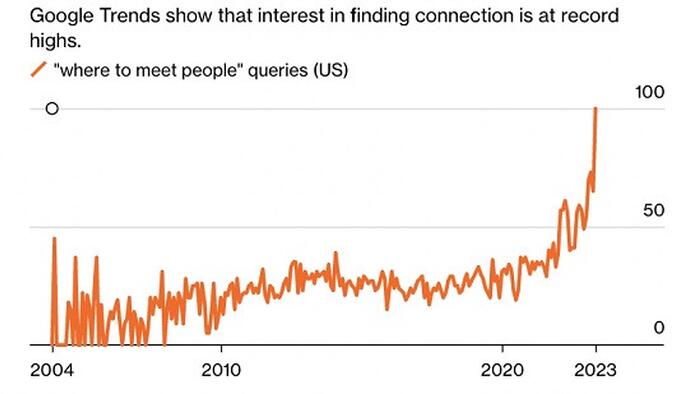In a world rife with division, frustration, rage, and loneliness, the pervasive madness has become almost invisible to many, resulting in a sense of exhaustion for those who are aware. Author and psychiatrist R.D. Laing, during the tumultuous era of the Vietnam War, highlighted the disconnect between political leaders and the citizens affected by their decisions. The chasm of perspective creates a bottomless divide, leaving few bridges of common ground and resulting in the degradation of friendships and community connections. The current socio-political climate, as historian Peter Turchin elucidates, follows a cyclical pattern of disintegration and integration roughly every fifty years, and we are evidently in the midst of another cycle of turmoil. Observations about economic trends, political disintegration, and societal discord may seem evident to some, but they are vehemently contested by others who remain wedded to the premise that everything will remain stable.
An essential aspect of contemporary information consumption is the merger of mass media and social media, which has transformed the landscape of content creation and distribution. This convergence creates a cutthroat competition for attention among creators, all driven by the same imperative for engagement. However, the resulting hierarchies resemble a power-law distribution, wherein a select few dominate the market and reap substantial rewards, while the majority languish in the long tail. For instance, data shows that a staggering 96% of published books sell fewer than 1,000 copies, and over half sell less than a dozen—a stark representation of the dramatic imbalance wherein a small elite gathers most of the spoils. In the even more unforgiving arena of social media, the concentration of wealth and attention is even greater; the top influencers gather millions, leaving the vast majority of users to compete for barely measurable returns.
As this Darwinian competition intensifies, individuals and organizations resort to increasingly persuasive techniques to capture attention—such as addiction-inducing designs, sensational clickbait, emotional manipulation, and echo chambers that reinforce existing beliefs. These tactics are rewarded in an environment where emotional engagement often supersedes rational discourse. The trajectory of this trend raises significant questions regarding the health of such a climate and its potential to twist perceptions and adversely affect those who are lured into it. The underlying mechanisms of social media interaction can lead to a lonely and deranging experience, despite their initial allure—a pathway that may offer quick gratification but ultimately fosters deeper sociological malaise.
An insightful examination of this phenomenon reveals that daily life now includes numerous influences attempting to draw individuals into this turmoil, with hawkers of dopamine hits beckoning at every turn. The desire for instant gratification is tantalizingly satisfied with easy access to addictive content, which starkly contrasts the efforts of those seeking a more grounded existence. Instead of fulfilling the deeper needs for connection and belonging, the superficial dopamine rush leaves constituents more isolated than before, underscoring a critical need for awareness surrounding the quality of engagement.
As society spins deeper into this cycle of separation fostered by rampant disconnection and digital distractions, maintaining awareness and making conscious choices becomes crucial. Individuals face the challenge of navigating a labyrinth of persuasion and addiction woven into the very fabric of the internet and social media. The stark reality of how these mechanisms erode communal ties should instigate a collective reckoning about the importance of cultivating authentic relationships, both online and offline. The solutions lie not in mere escapism but in intentional engagement that counters the isolating tendencies of an over-saturated digital landscape.
In conclusion, the call to action is clear: to escape the clutches of the digital frenzy, one must consciously seek pathways that prioritize depth over distraction. Moving past the pervasive allure of sensationalized content requires a profound commitment to clarity, authenticity, and connection. Seeking camaraderie in the face of prevailing madness serves as the antidote to frustration and loneliness, creating community bonds that can counter the isolating effects of the digital age. By recognizing the divisions, embracing empathy, and fostering genuine human interactions, individuals can bridge the chasm that divides them, transitioning from mere survival in a lonely world to thriving together in authentic connections.

